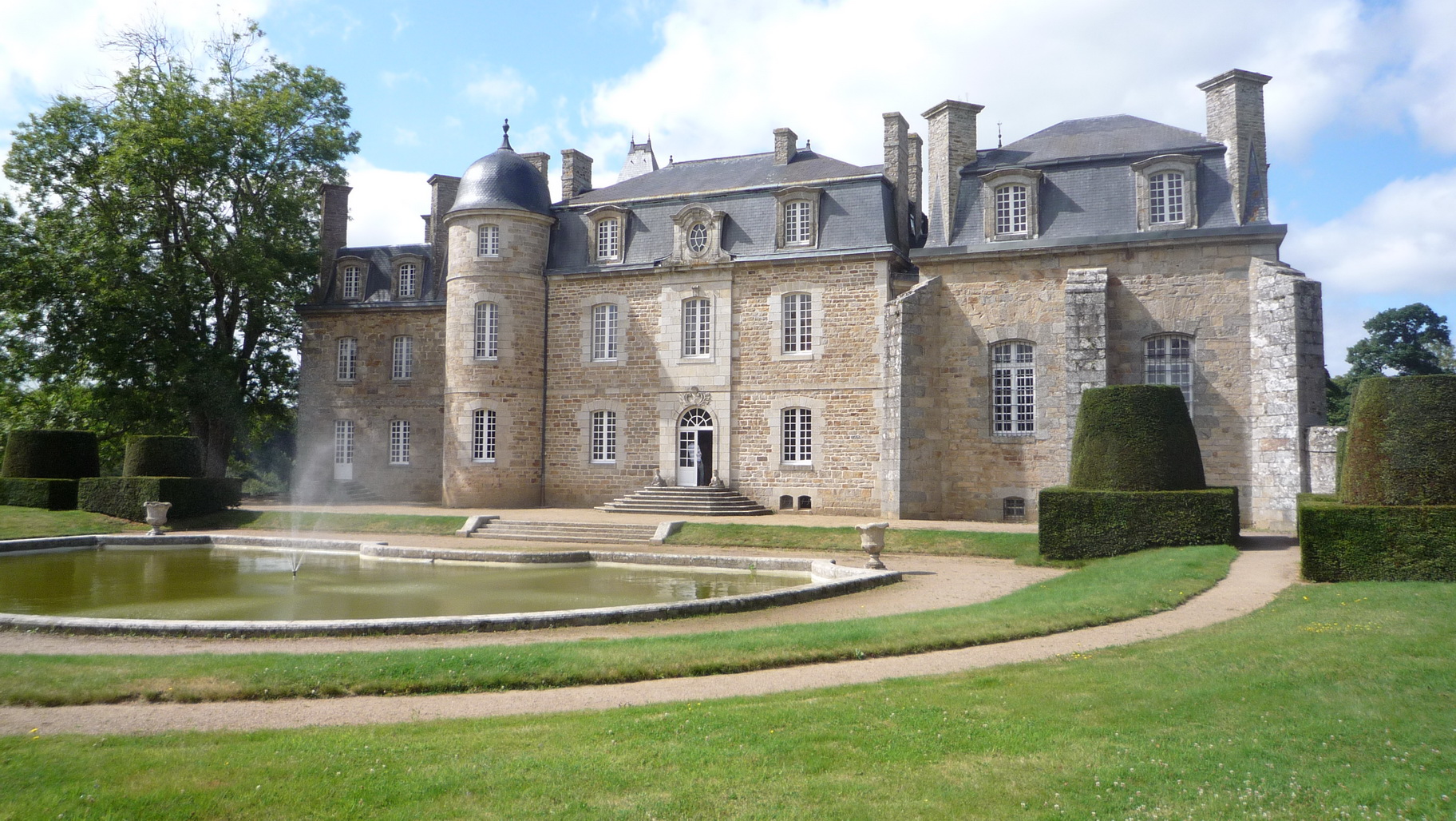

The Château de Rosanbo – the cradle of the Coskaër de Rosanbo family – has survived the ravages of time and history. It has belonged to the same family since its origins.
Originally a 14th-century fortress and subesquently a Gothic mansion, the château was extended when Geneviève du Coskaër de Rosanbo, the sole heiress of the demesne, married Louis Le Peletier in 1688. He was the son of Claude Le Peletier, Louis XIV’s financial superintendent. The lands were raised to the status of marquisate and the embellishment of the château continued into the 18th century. However, it entered a period of decline following the French Revolution. But at the end of the 19th century, Henri Le Peletier, the Marquis de Rosanbo, began working on its complete renovation. He entrusted the creation of the park to landscape architect Achille Duchêne (1866-1947), who was known for his neoclassical restoration work at a time when awareness of cultural heritage had begun to increase again. The most beautiful example of this is Vaux-le-Vicomte, the first “jardin à la française”.
The old, four-hectare orchard was re-designed for equestrian sport, games and walks. The nine groups of trees and the “salles de verdures” are delimited by a 2,500 metre palisade of hornbeams, 500 of which are shaped like an architectural vault. This very rare example is one of the longest arbour walks in France. The park has a logical layout: interplays of shadow and light, perspectives and surprising effects occur at regular intervals. It is one of the most unusual historical gardens.